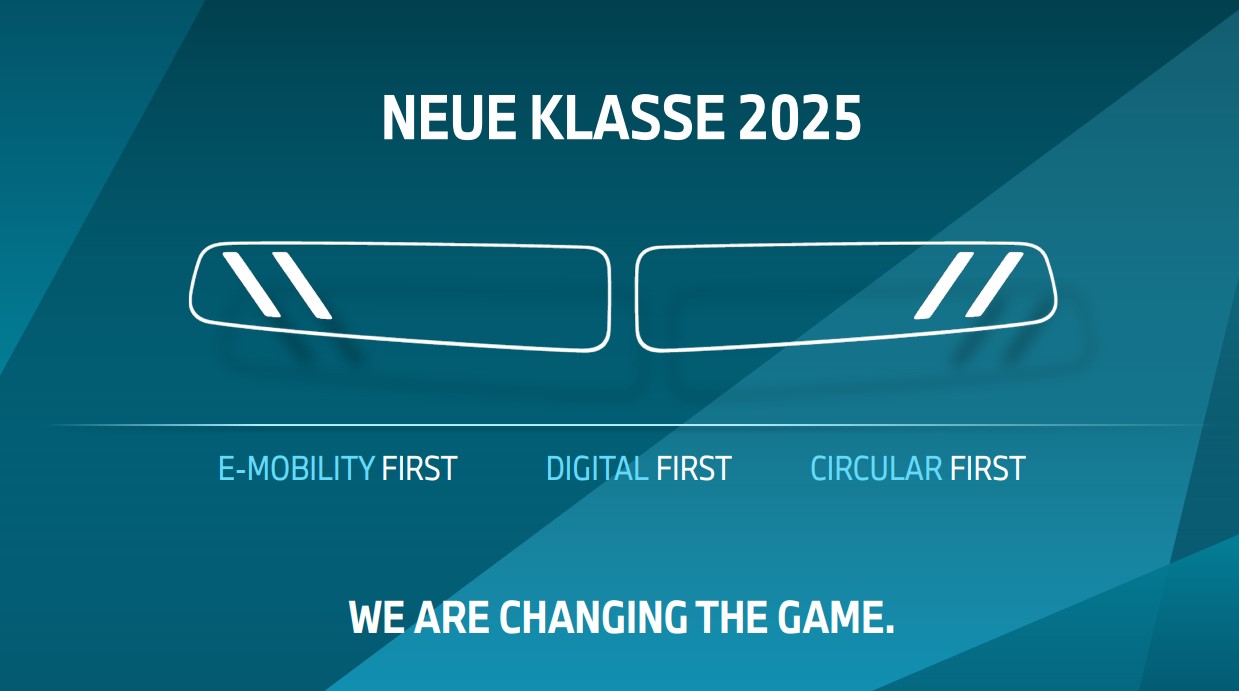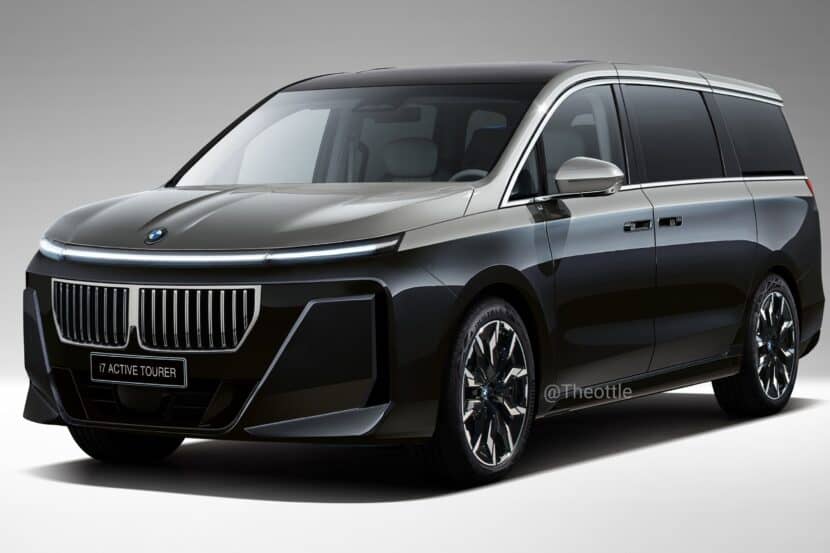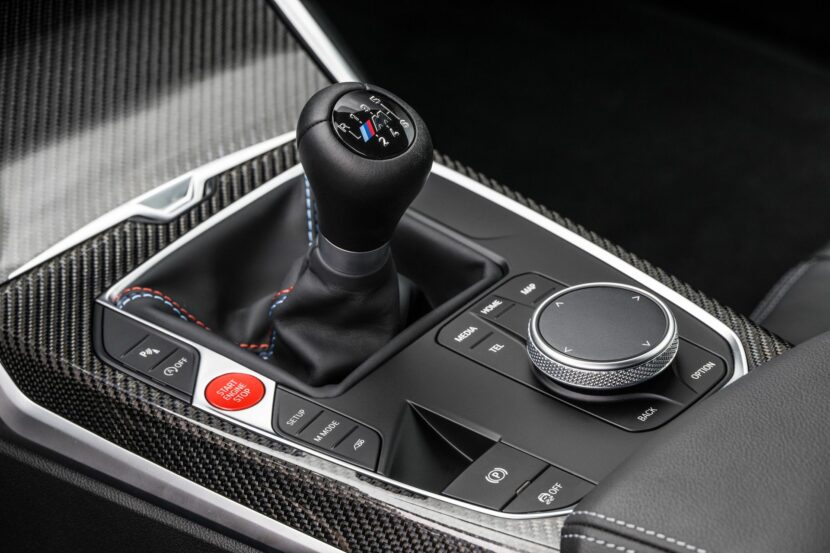With range anxiety becoming less and less of an issue, two of the most important problems automakers must address when it comes to electric vehicles are pricing and weight. BMW recently said its round cells debuting with the Neue Klasse platform will cut production costs in half, and hopefully, some of these savings will lead to lower asking prices for EVs.
Ok, but what about weight? Let’s remind everyone the new i7 tips the scales at 2,640 kilograms (5,820 pounds) without a driver. Even the iX1 compact crossover weighs 1,800 kg (just under 4,000 pounds), so future EVs could certainly go on a diet. Well, a technical solution is being worked on for the NE architecture – “generative design.”

For those unfamiliar with the term, it refers to a design exploration process where designers and engineers input their requirements and software calculates all the possible permutations of a solution. Tests are conducted to determine which solution is better. BMW was the first in the car industry to take advantage of a generative design with the i8 Roadster launched in 2017. Its aluminum mountings for connecting the folding top to the body were designed using this method and produced using a 3D printer.
With the Neue Klasse, generative design will be used for the first time for structural components, like a rear seat’s subframe. With optimal use of materials identified using algorithms from quantum computing, BMW estimates weight will be down by as much as 50%. Of course, only some parts can be developed using this procedure, so don’t expect an EV on the new platform to weigh half as a CLAR-based electric car.
The Bavarian marque projects that 20% of all vehicle components will eventually be developed this way and believes computer algorithms will become the standard method of designing parts by 2025. It goes on to say such a significant reduction in material usage and weight is not possible with traditional methods.
Source: BMW





































































